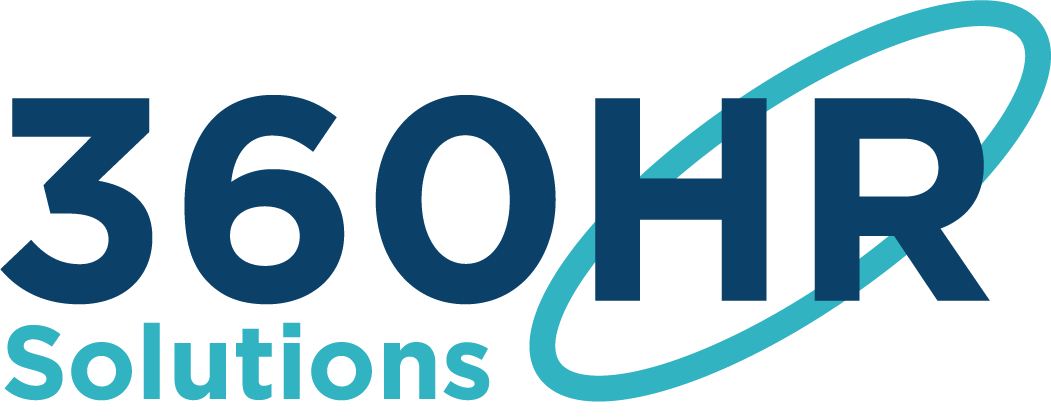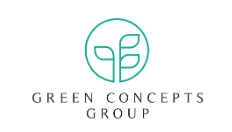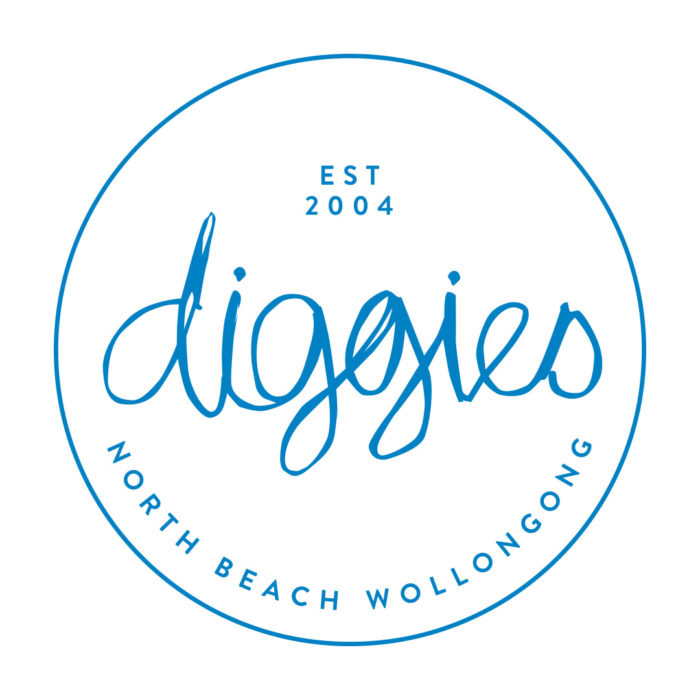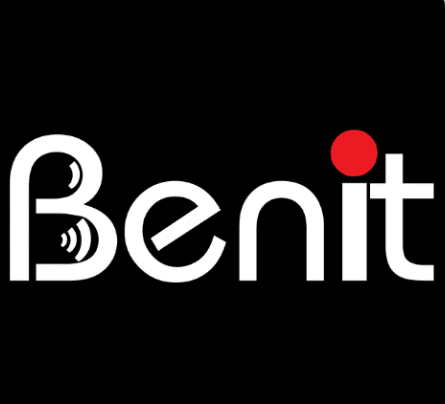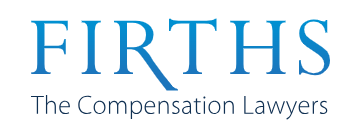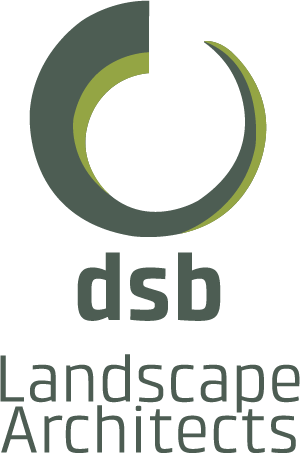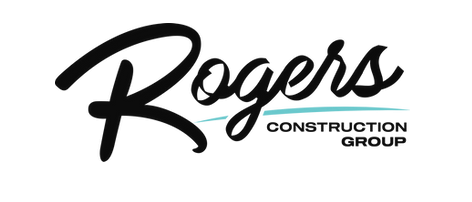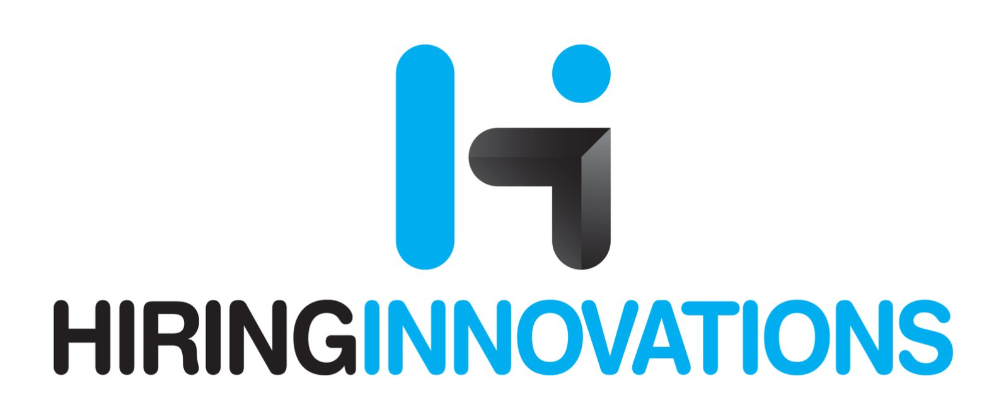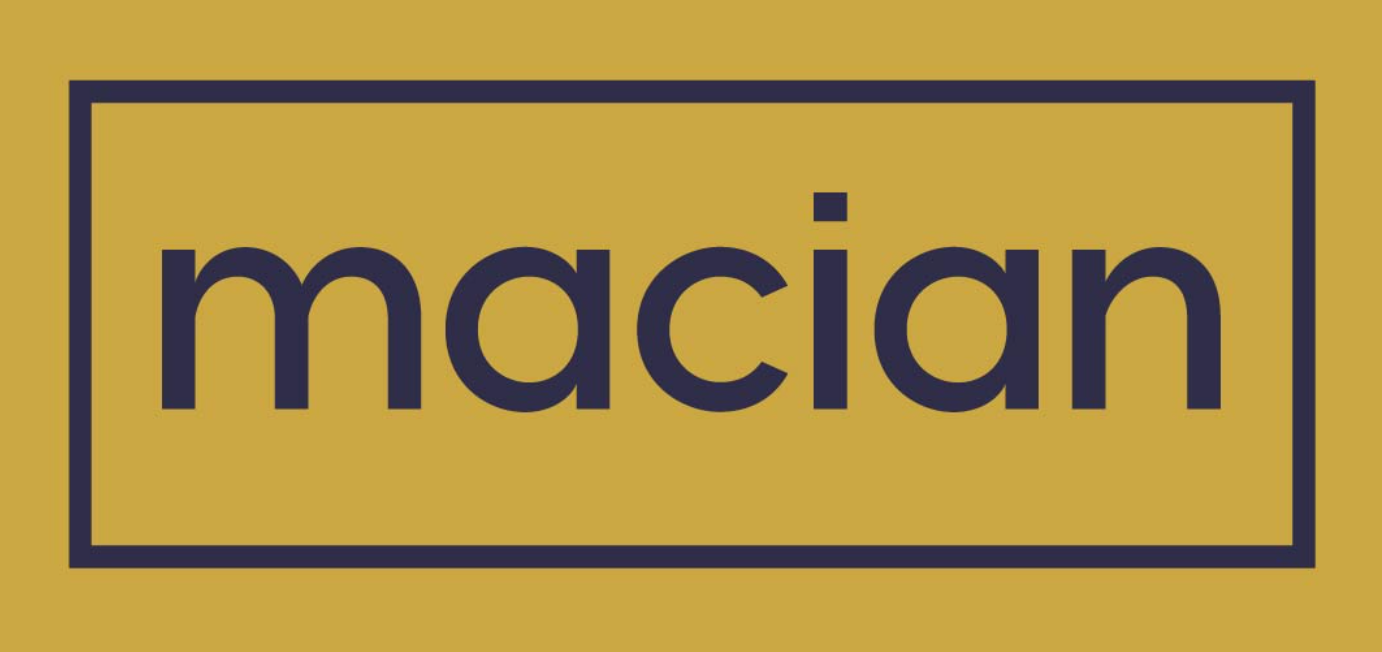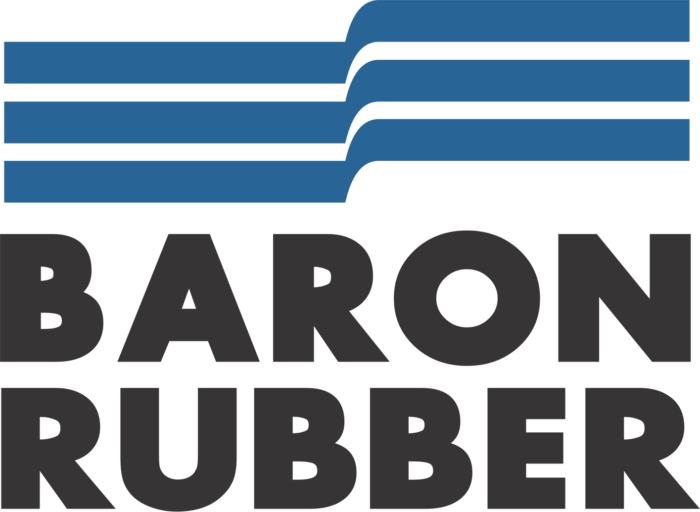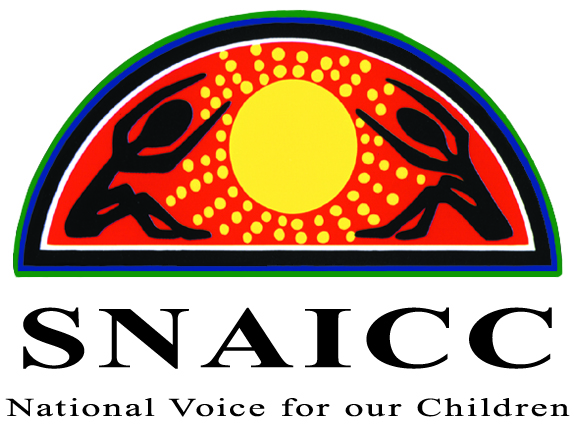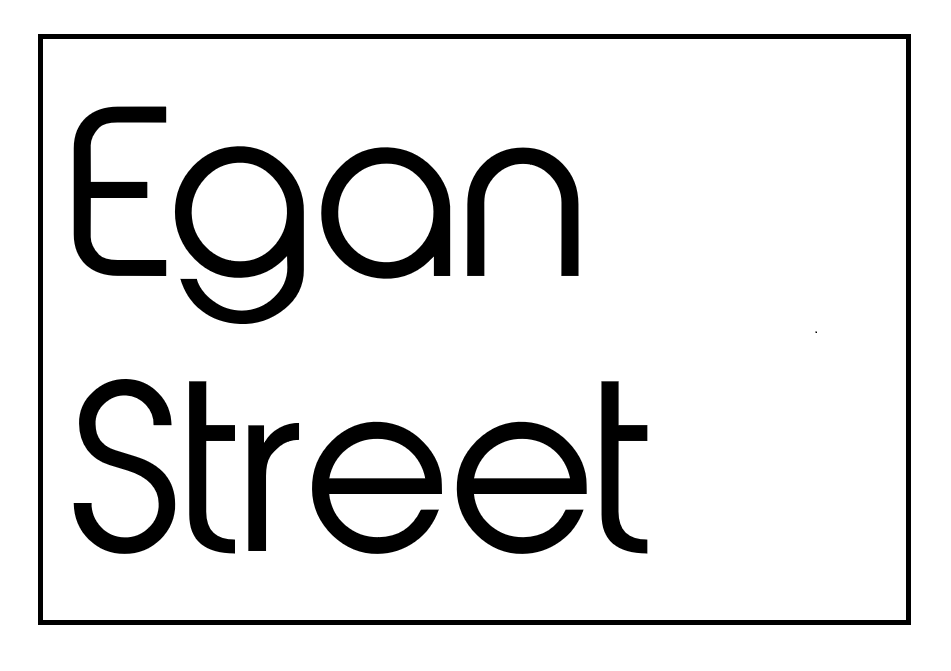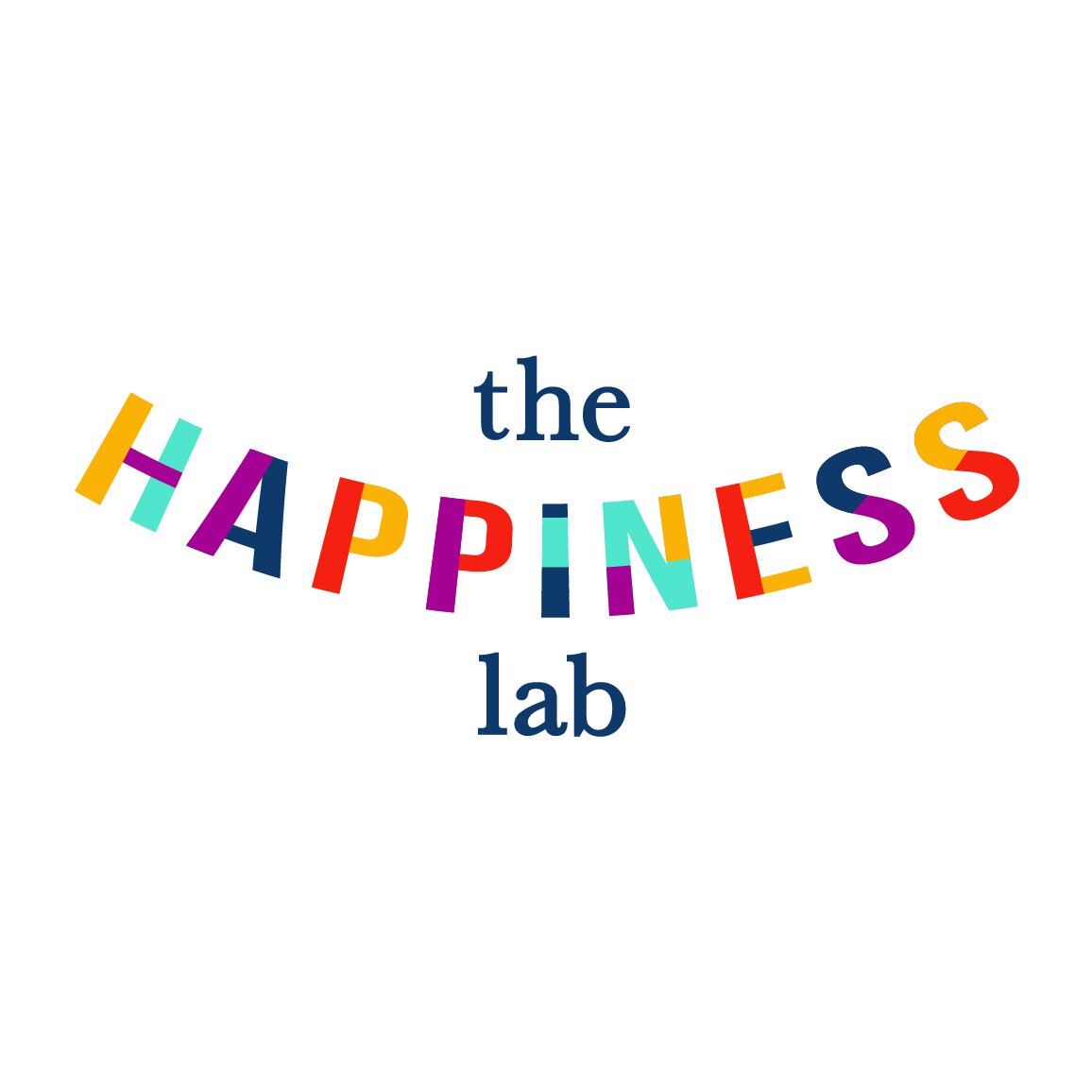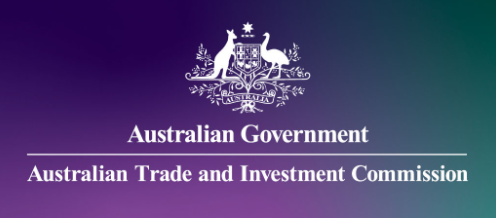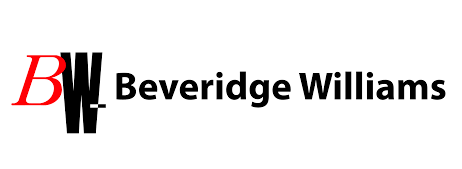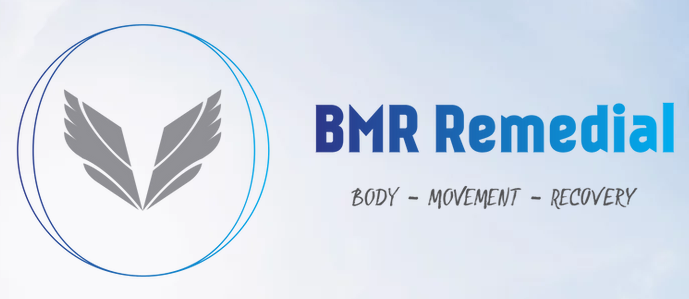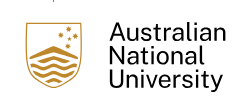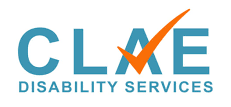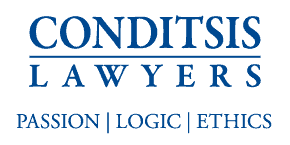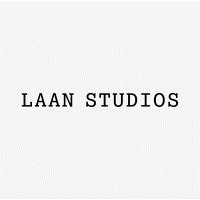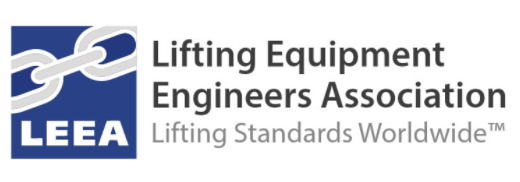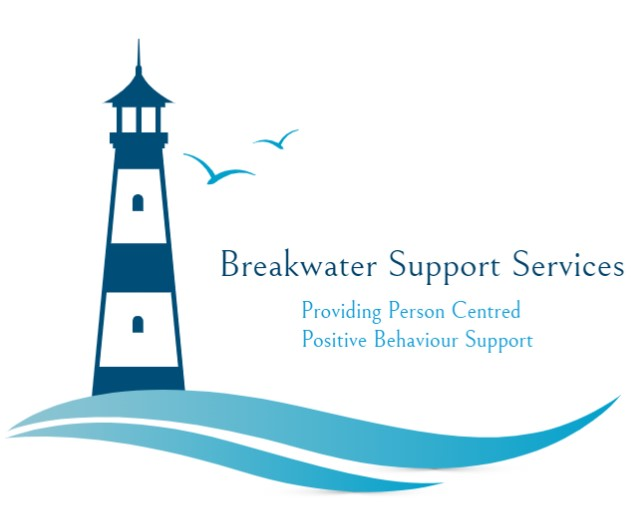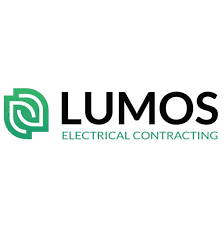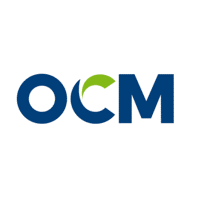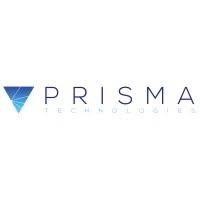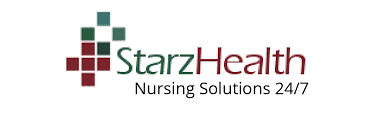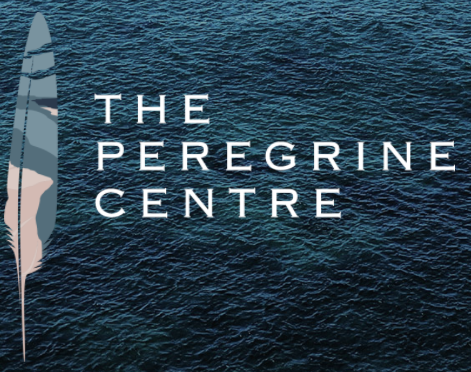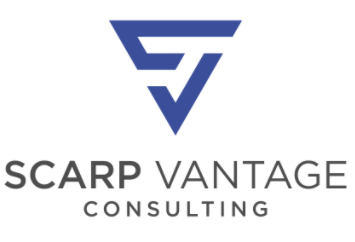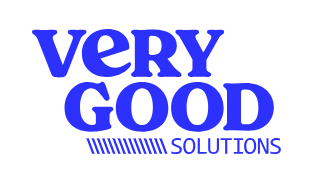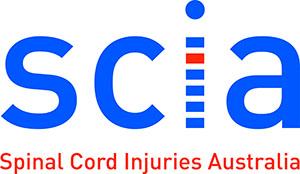Researchers awarded funding to develop world-first radiotherapy system
Cancer Council NSW funded project will make radiation therapy safer and more effective. University of Wollongong (UOW) researcher Professor Peter Metcalfe from the Centre for Medical Radiation Physics (CMRP) has been awarded a $427,195 Cancer Council NSW project grant to develop a world-first system to ensure the safe delivery of radiation doses to cancer patients.
The funding was announced at the Cancer Council NSW Research Awards night in Sydney on Wednesday (March 1). Other researchers on the project are Professor Anatoly Rozenfeld and Dr Marco Petasecca from UOW, Associate Professor Gary Liney and Associate Professor Lois Holloway from University of NSW, Professor David Thwaites from University of Sydney and Dr Brad Oborn from Illawarra Cancer Care Centre.
Radiation therapy is used to treat 40 per cent of cancer patients in Australia. One of the difficulties with current treatment techniques, which map out the cancer ahead of the radiotherapy, is that tumours move during treatment, for example when the patient breathes.
Magnetic Resonance Image (MRI)-guided radiotherapy now allows the cancer and surrounding organs to be viewed in real time as it is being treated, but at present it is impossible to check the radiation dose in real time. Professor Metcalfe’s team aims to solve this problem by perfecting a novel radiation dosimetry (radiation dosage measurement) system that operates with MRI-linear accelerators.
Professor Metcalfe said the end benefits of the three-year study will be to enable technology such as the MRI-linear accelerator to be used to their full potential, resulting in safer, more accurate and more effective treatment for patients.
“It’s mainly for the cancers that are difficult to visualise and treat – lung, breast, oesophagus, pancreas, kidney, rectal tissue, liver, cervix, prostate and lymph nodes – all the tricky ones,” Professor Metcalfe said.
“These cancers are difficult to target using current technology because they are near healthy organs that need to be avoided. The main thing with radiotherapy is avoiding other surrounding organs. So if you can reduce the size of the radiation field and hit the target more exactly you can spare the healthy organs.”
“Professor Rozenfeld and Dr Petasecca’s dosimeters are very, very high resolution. We can usually measure doses in square centimetres but these dosimeters actually measure the edges of the field out to 20 microns resolution.”
Professor Metcalfe said that working with Cancer Council NSW really brought home the importance of the project.
“The big thing with Cancer Council NSW is that they give you a consumer to have on the project, and that consumer is usually someone who has been a patient,” he said.
“They help you write the grant to show what the advantage is going to be to the consumer – the patient – and you keep them at your meeting throughout the project and they give feedback on what they think about what you are doing in your research.
“You feel a real responsibility when you’ve got a grant from Cancer Council NSW because you’ve seen the women and men doing Daffodil Day and Relay for Life. They’ve really worked their butts off to raise this money, so you’d better do some good work.”
